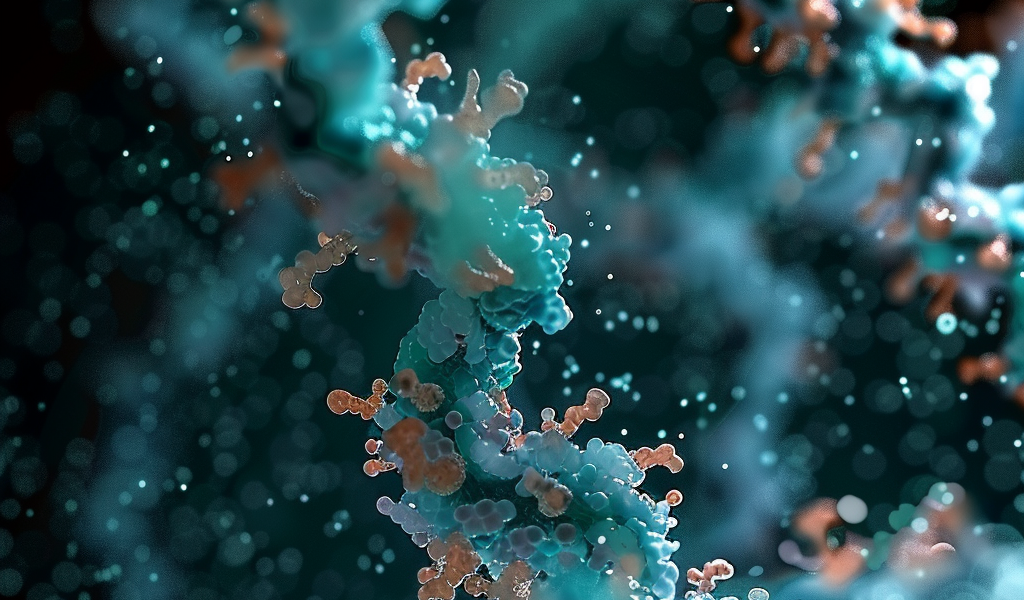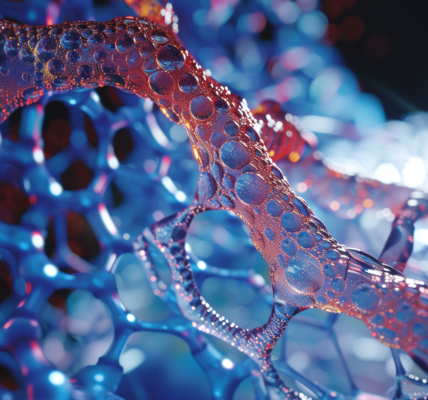Prochlorococcus, a cyanobacterium found in the sea, has intrigued scientists with its ability to thrive in low-nutrient waters despite the scarcity of iron, a vital element for photosynthesis. Researchers at the University of Southampton, led by Ivo Tews, delved into the mechanisms behind Prochlorococcus’ success by studying its iron-binding protein, FutA.
The study, recently published in the Proceedings of the National Academy of Sciences, utilized various structural biology techniques, including serial crystallography at different facilities. The research revealed that FutA can accommodate iron in two different oxidation states, enhancing the efficiency of Prochlorococcus in nutrient-poor environments.
Neutron crystallography was employed to pinpoint hydrogen atoms surrounding the iron binding site, aiding in determining the charges of amino acid side chains and the iron’s charge state. Optical spectroscopy measurements tracked the transition of iron oxidation states when exposed to X-rays, from ferric to ferrous iron.
The team at Diamond Light Source’s I24 beamline played a crucial role in designing X-ray experiments using serial crystallography techniques. By sequentially exposing thousands of crystals to the X-ray beam, the researchers were able to capture real-time structural changes in FutA under ambient conditions, leading to a comprehensive dataset.
Ivo Tews highlighted the significance of the serial synchrotron crystallography at Diamond Light Source, stating, ‘Our work involved a range of experiments and sources, but the real-time insights into FutA’s structure provided by Diamond Light Source were particularly valuable.’





